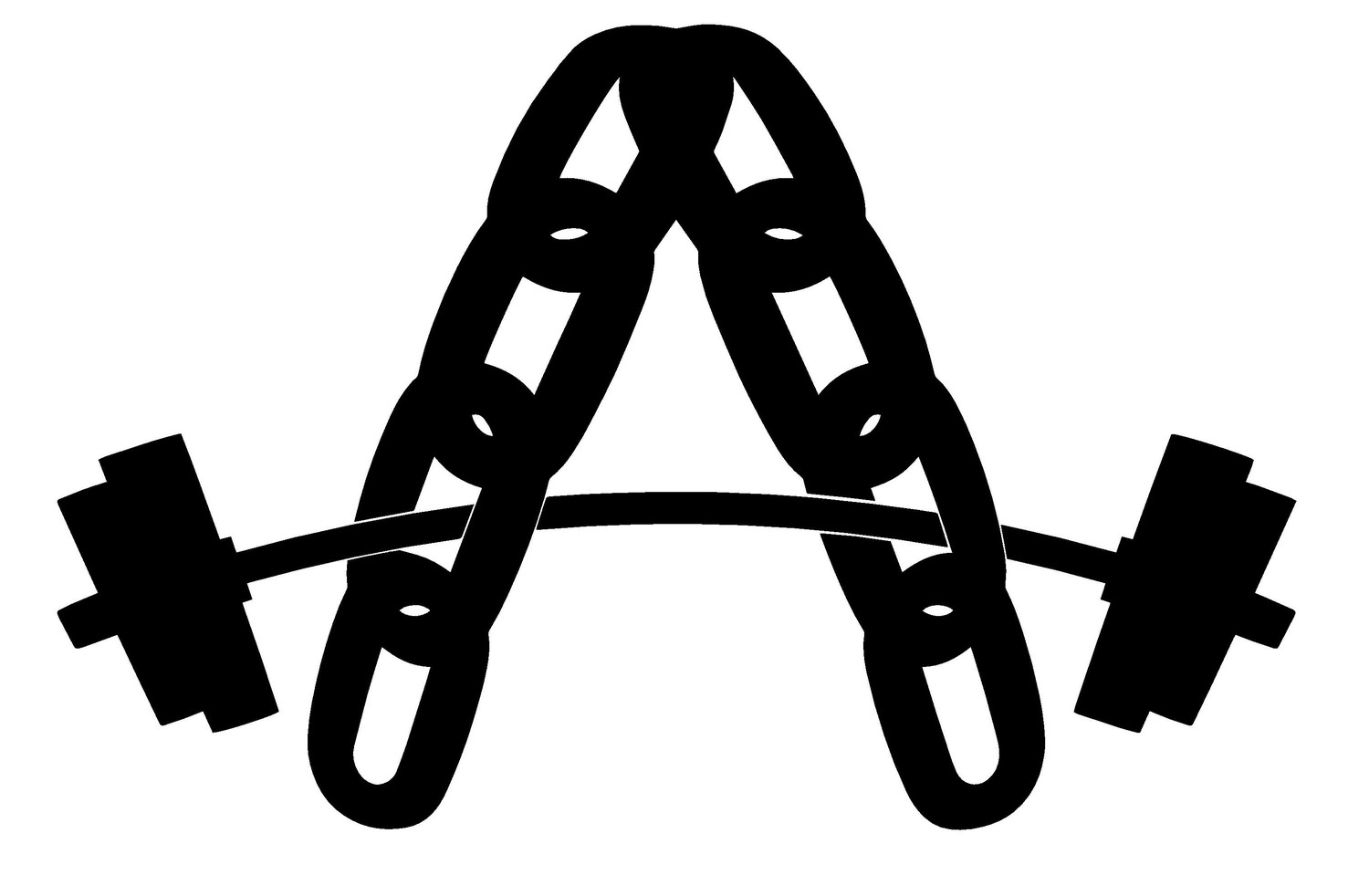So you want to learn how to get a solid cheater arch? Before the internet trolls start up about how it's bad for your back and this that and the other, just shut up. While in an arch your spine is in a stable position. Your vertebra approximate during extension so the risk of soft tissue or disc related injuries is very low. The only people who should avoid excessive arching are those with osteoporosis or similar bone diseases because then the arch would probably injure your spine. Additionally, the load is not directed down through your spinal column, thus decreasing the likelihood of any type of serious back injury. People with preexisting disc issues can arch safely because extension does not place excess stress on the discs. Now without further adieu, I'm here to teach you how to get that wonderful cheater bench.
The Bench Press is historically one of the most popular exercises to ever be created; with a bench basically in every gym under the sun, this prolific exercise is the so called "center of the gym universe". Achieving a bigger bench is the main focus of almost every male when they start in the weight room. For some people one way to help this process to adopt a technique that decreases your range of motion, or ROM. Beyond being born with "benchin" sweet T-Rex arms like myself, there are 2 main ways to go about this. The first is adopting a wider hand grip to the maximum allowable width or what you feel comfortable with. In most powerlifting federations this would be where your index finger is covering the rings on the bar. This can be very stressful on the shoulder girdle, specifically the pec muscles, delts and shoulder joint itself, especially if you try to go to heavy too quickly. My suggestion is to move your grip out an inch, or one finger width, at a time and see how it feels.
The second and more internet controversial way is to increase your arch. This is a legal way to bench in all powerlifting federations; so suck it, Internet! I will say though, one of the major issues I see with the many people is that they aren't arching correctly. The idea of arching is to form a stable position to press from while reducing your ROM. The major points of contact you want on the bench are your upper trap and the bottom third of your glutes. Far too many people just try to arch their lower back and neglect to form a stable shelf to press from. The cue I often give people is to get up on the top of their trap and try to bring your butt and traps as close together as possible. In addition to this cue, I have the athlete get some anterior forward rotation at the hips. In not so delicate terms, I remind myself to do this by telling myself to get my sack on the bench (I guess vag works if you don't have a sac). Now that you get the general idea, I am going to give you a couple tips that have helped me develop a solid arch.
The first aspect is flexibility/mobility. Some people will have a hard time getting a large and stable arch because they are too tight in several areas. Typically, the main problem area is the hips, primarily the hip flexors. The majority of people spend a lot of time sitting and this tends to cause the hip flexors to become chronically shortened. If you try to arch and the front of your hip feel like they are going to snap, it's time to start doing some hip flexor stretches. Namely, the lunge stretch and the couch stretch. I'll have some pictures and videos on my Instagram (@nickisrael.dpt) for those interested in seeing them. The second problem area a lot of people is their upper back, or thoracic spine. If you have decreased thoracic extension, you will have problems setting up on your traps to arch and form a stable pressing position. You naturally don't have a lot of motion in your thoracic spine (due to the anatomical design of the vertebrae) but you want to maximize what we do have. If you have trouble extending through your upper back (around the scapula) and getting on your traps, it's time to bust out that handy foam roll or peanut (double lacrosse ball). My recommendation is to do some thoracic extension mobilizations over the foam roller or peanut.
The second aspect of an effective arch is stability. If your mobility doesn't appear to be an issue then it's likely a stability issue.
You need to keep every muscle tight in an arch to make sure you have a stable position to press from. You need to maintain strong scapular retraction (shoulder blades together) during the bench press. This will keep your upper back tight and give you a strong safer pressing position. Also make sure to engage your Lats by trying the bend the bar laterally. Your Lats add overall spinal stability during the pressing motion. In addition you need keep tension in your lower body to maintain overall stability. I like to tell people to think about trying to push themselves up the bench toward their spotter, but not up to the ceiling, because this might cause your butt to lift off the bench which will result in red lights. Pushing up the bench is a good cue for maintaining lower body tightness and keeping yourself on your traps.
Adding in these simple and effective mobility exercises and stability cues will get you on your way to having that beautiful arch de triumph that will make you the envy of all your gym buddies. Keep an eye out for more tips on Instagram and YouTube.
